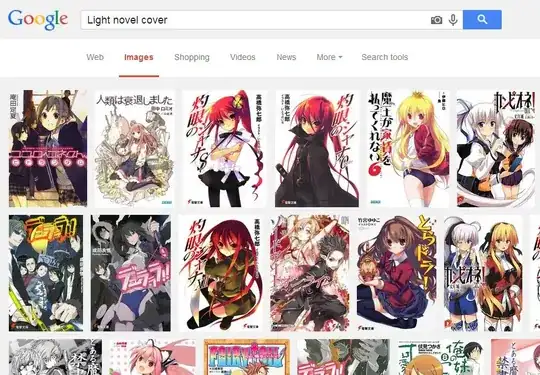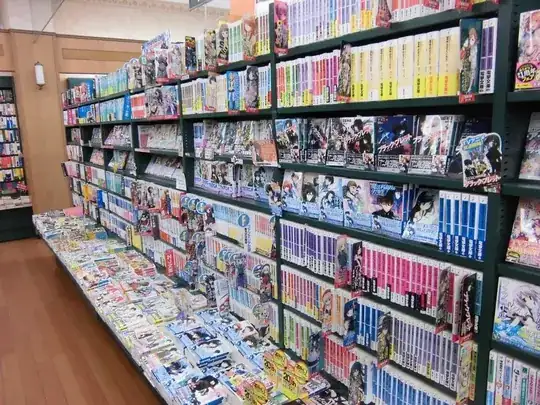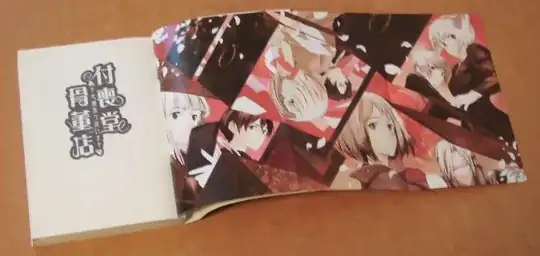When referring to a novel, you'd be talking about...
A fictitious prose narrative of book length, typically representing character and action with some degree of realism.
Therefore I always assumed a light novel to be a short story of sorts, something you could read on the bus or on the train. After looking it up, I was wrong. A light novel apparently is a Jenglish or wasei-eigo expression for a novella, which would be a short novel, but not as short as a short story according to it's wiki page.
So before I continue and answer your questions, I'll let wikipedia explain what a light novel would be.
A light novel (ライトノベル raito noberu?) is a style of Japanese novel primarily targeting middle and high school students (young adult demographic). "Light novel" is a wasei-eigo, or a Japanese term formed from words in the English language. Such short, light novels are often called ranobe (ラノベ?) or LN in the West. They are typically not more than 40,000–50,000 words long (the shorter ones being equivalent to a novella in US publishing terms), rarely exceed 200 pages, often have dense publishing schedules, are usually published in bunkobon size, and are often illustrated. The text is often serialized in anthology magazines before collection in book form.
Is this term only use in Japan?
Yes it is. If you would use the term in the west, you would be referring to Japanese novella.
How is a light novel different from a regular novel?
I guess novels would printed in the A5 format, but a light novel would be printed in the Bunkobon format, which would be the A6 format.
Is a light novel used exclusively for anime or manga adaptation?
Since the target group of light novels are primarily middle and high school students, it wouldn't surprise me if most of them are. They aren't exclusively used for anime or manga adaptations though. If you read further on the wiki page it is mentioned that popular movies as Star Wars have also influenced the content. But they do mention that
In recent years, light novels' stories have been popular choices for adaptation into manga, anime, and live-action films, though in the case of the former two, usually only the first two novels are adapted.
While searching about Light novels I encountered the wiki how page on Light novels. So if you ever wanted to write one yourself, check it out.



